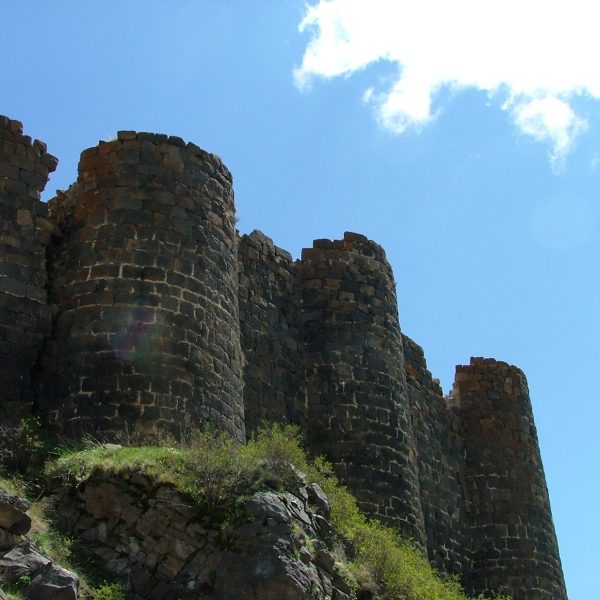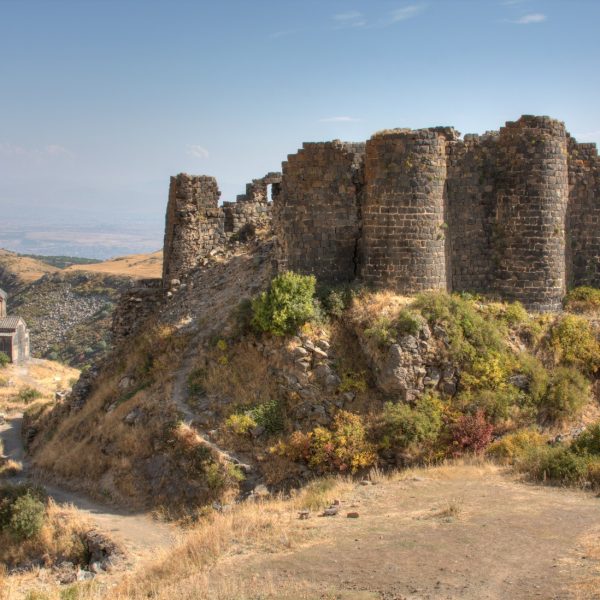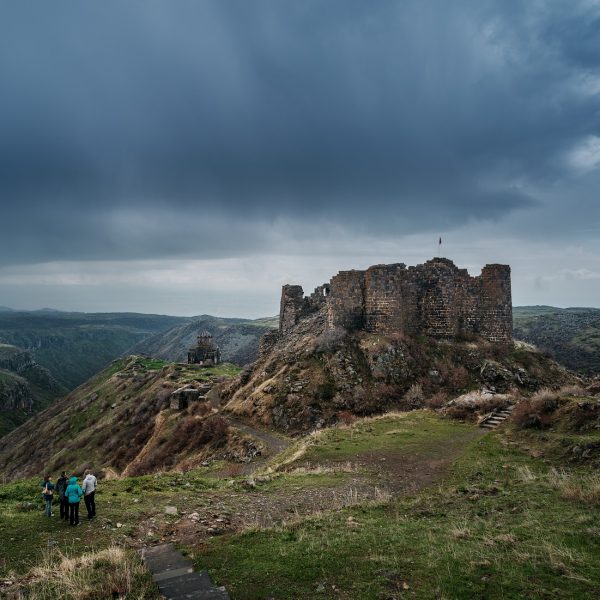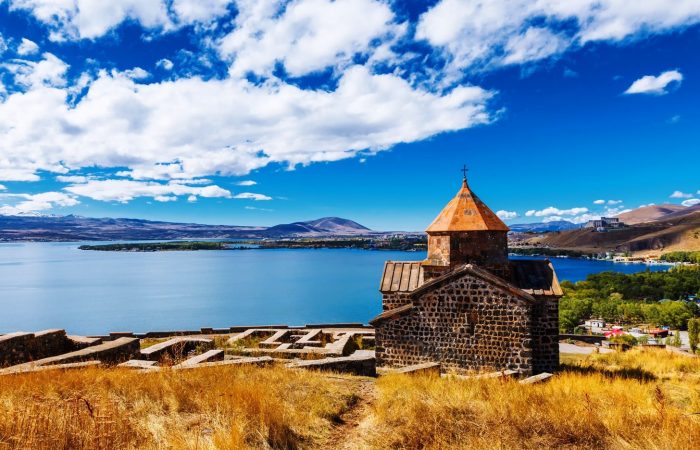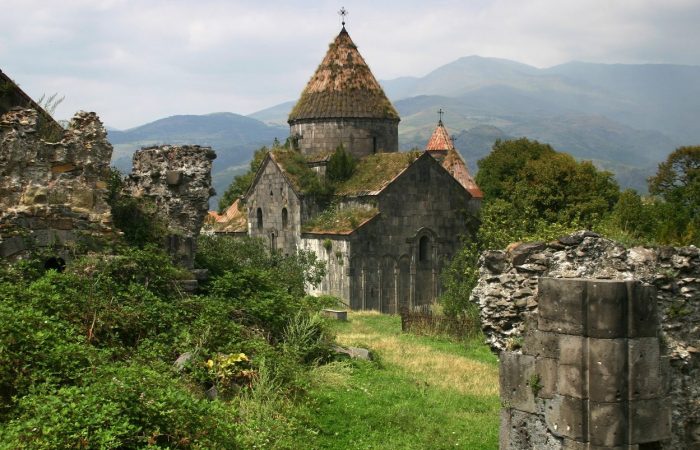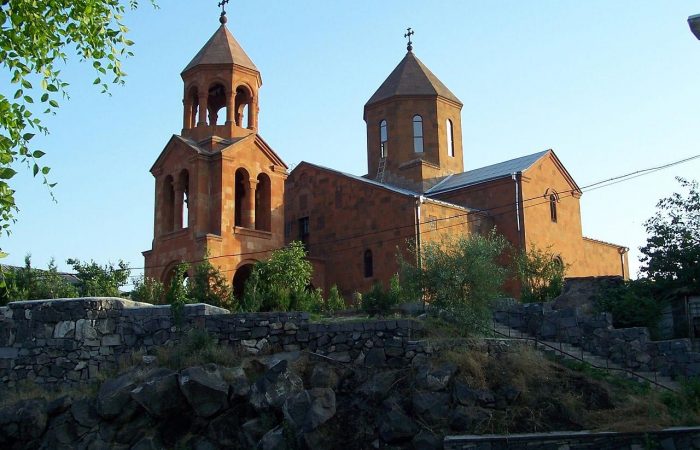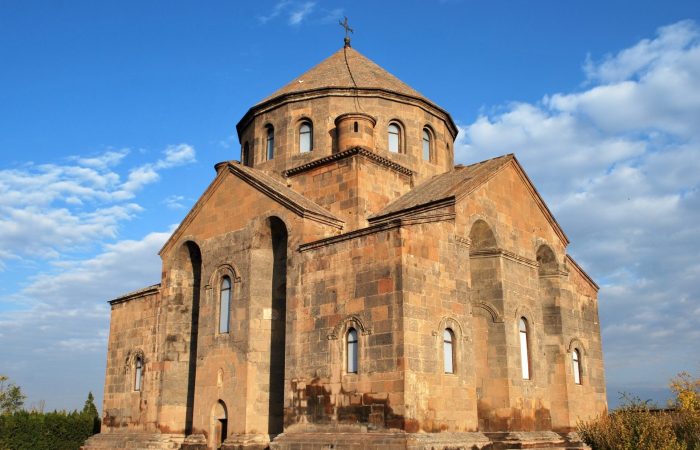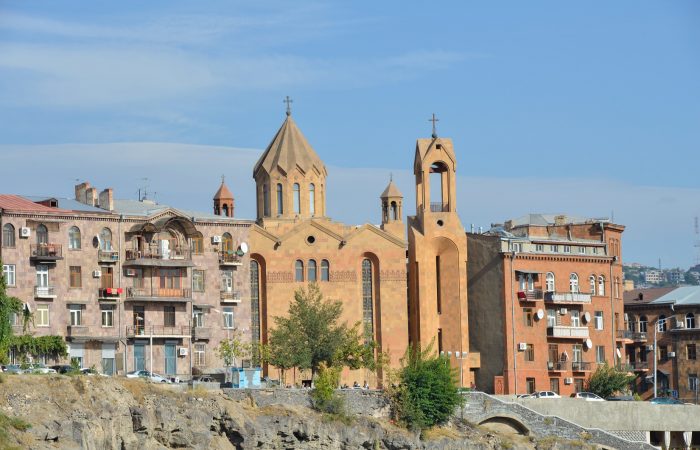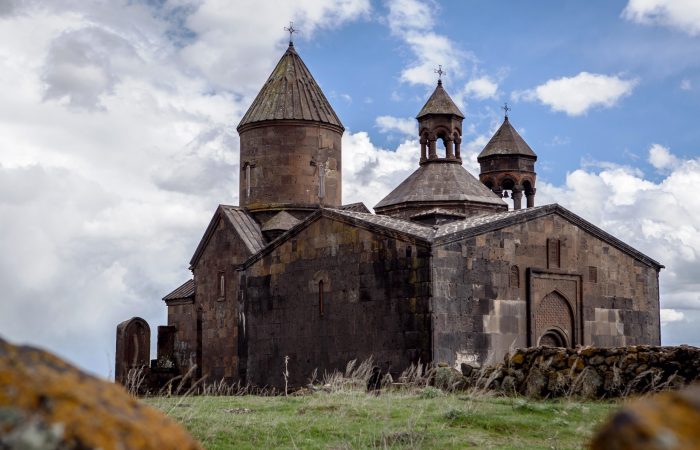Amberd Fortress Castle: History
As a fortress-castle Amberd was more known during the Roman era as well as after the birth of Jesus Christ. It is believed that at the site an Urartian Fortress was built during the Bronze Age.
On the whole, the construction of the fortress lasted several centuries. It’s surrounded and protected by the gorge on three sides and only the northern side remains unprotected. According to some sources, some of the parts of the castle were built in the seventh century. It used to serve as a summer residence for Armenian Kings and Princes.
A letter written in approximately 1050 by prominent Armenian linguist and scholar Grigor Magistros Pahlavuni states that at the beginning of the tenth century both the fortress and the adjacent buildings belonged to the Pahlavuni Princes. Pahlavuni Princes used to struggle for power against the Bagratunis (royal dynasty of Armenia) and for a rather long period of time the Catholicoses of All Armenians were being appointed from exactly Pahlavuni family.
In 1026 the Church of Amberd was constructed, and after that the fortress was converted into the seat of the Pahlavuni family. An inscription found on the northern wall of the church entrance shows that the church was built by Prince Vahram Pahlavuni who is also remembered to have fortified the walls of the fortress.
In 1070s the Seljuks captured the fortress and made it their military base. Amberd Fortress Castle was released only in 1196 by the united Armenian-Georgian forces led by amirspasalar (commander-in-chief) Zakare Zakaryan, who then became the owner of the fortress. Notably, Zakaryans released almost all of Armenia and peace was established, which was followed by a period of flourishing. A number of monasteries, churches and castles were built. As to the fortress, the walls of Amberd were fortified and the castle was renovated. The relatively peaceful period continued until 1236 when the fortress was attacked and destroyed by Mongols. The fortress was reconstructed only at the end of the 13th century by the noble family of Vachutyans, who had got control over the fortress in 1215.
The fortress castle lost its significance and was completely deserted at the end of the 14th during the invasions of Lenk Timur.
Amberd Fortress Castle: Complex
The complex of Amberd Fortress Castle includes the defensive walls, the castle, bath and the church. Other than that, the defensive positions and the secret way taking to the gorge can be as well referred to as parts of the complex.
Being built on the confluence of Amberd and Arkashen rivers the fortress castle was passable from Arkashen River bank, and in this regard, there was a great necessity for defensive walls.
The Castle
The three-storey castle covered an area of 1400 square meters and was built with huge basalt stones. The castle included five rooms on each of the first two floors and several rooms that served as reception halls on the last floor. The castle was burned during the Mongol invasions and remained abandoned until the excavations that were launched in 1936.
Life in the castle
In medieval Armenia life and routine were very much similar to those typical of feudal system. In those times, however, life was not much easy for the owners and the representatives of the royal family. One important problem referred to heating.
The heating was supplied only to the owners of the castle, while the servants and the soldiers had to somehow stand the cold winters. To imagine how cold it was in the castle it should be noted that even during the warm summer months the weather in the castle used to be very damp and mild. Not to tremble from cold all day long people chose to work as much as possible and spend as much time outside as possible.
The servants woke up early in the morning. They prepared the breakfast and then were busy with cleaning and washing until the dinner time approached.
Men were busy with hunting. The main targets were boars, deer, wild sheep, bears and so on.
Water Supply
Water supply has been of utmost importance for Amberd Fortress Castle both in peaceful and war times, so that the local population did not die of thirst. The secret way taking to Arkashen River was used to get water when the fortress was invaded.
Also, water tanks were discovered in the castle, in which the snow water was being gathered. Some of the water tanks were meant for animals.
The Bath
The bath was presumably constructed in the 10th-11th centuries. It represents a vaulted stone structure with a small changing room and a comparatively large swimming pool. “Hypocaust” system was used to heat the bath. It worked in the following way – the smoke of the furnace used to pass under the floor and heat the walls and the floor of the bath by coming out through the wall pipelines.
The use of hypocaust heating system originated in ancient Rome and was widely used in medieval Armenian castles and wealthy houses.
Amberd Fortress Castle: Church
The Church of Saint Astvatsatsin was built in 1026 by Armenian Prince Vahram Pahlavuni, who defeated Byzantine and Seljuk Forces in Ani (capital of the Bagratuni Kingdom) and established temporary peace in Armenia. With a rectangular exterior design and a cruciform interior the church belongs to the central domed type of churches. The Church of Amberd Fortress Castle features modest exterior decorations.
Amberd Fortress Castle: Khatchkars
A khatchkar dating to the 8th-9th centuries leans on one of the church walls. The Tree of Life is clearly carved below the cross. It comes with four pairs of loops the overall number of which makes eight; eight bears mystical meaning in both pagan and Christian symbolism.
Based on the simple structure of the khatchkar it is concluded that the khatckar was carved centuries before the church was erected.
Amberd Fortress Castle: Excavations
The first excavations were held in the 20th century. Renovation works were launched in 1970s. The church was mainly renovated. Excavations and reinforcements are still being held at the site, but the fortress and the castle are regarded as highly endangered monuments.
Amberd Fortress Castle: When to Visit
In general, every time of year is suitable to visit the fortress castle; firstly it is not far from the capital city, secondly the weather is not too strictly expressed. In this regard, another thing has to be considered – the flowers around the castle fortress. Amberd acquires new colors during the March-July period when the entire territory around the castle is being covered with numerous flowers, which make the fortress castle appear full of life and spirits.

